How can I make a block that compiles to wrap all blocks that follow it?
Here is an example of the block I want to make:
I want to write generators that create the output:
console.log('1');
console.log('2');
(function () {
console.log('3');
console.log('4');
}());
I have thought of two possible solutions:
My idea 1
The pseudo-C-block generator should do what a normal C-block generator does.
- Get the transpilation of all following blocks.
- Prevent Blockly from automatically transpiling the following blocks itself.
I have already looked at doing 1 using block.nextConnection.targetBlock() and Blockly.JavaScript.blockToCode. It's inconvenient to loop like that, and I also haven't figured out how to solve the second point.
The second point is because I don't want output like
console.log('1');
console.log('2');
(function () {
console.log('3');
console.log('4');
}());
console.log('3');
console.log('4');
My idea 2
Create a custom style for the pseudo-C-block. It really does have a input_statement argument, but the input_statement is invisible to the user and instead any blocks attached to the bottom of the psuedo-C-block are actually being attached into that input_statement
Unfortunately I have no idea how to accomplish this.
Please could someone point me in the right directions?
